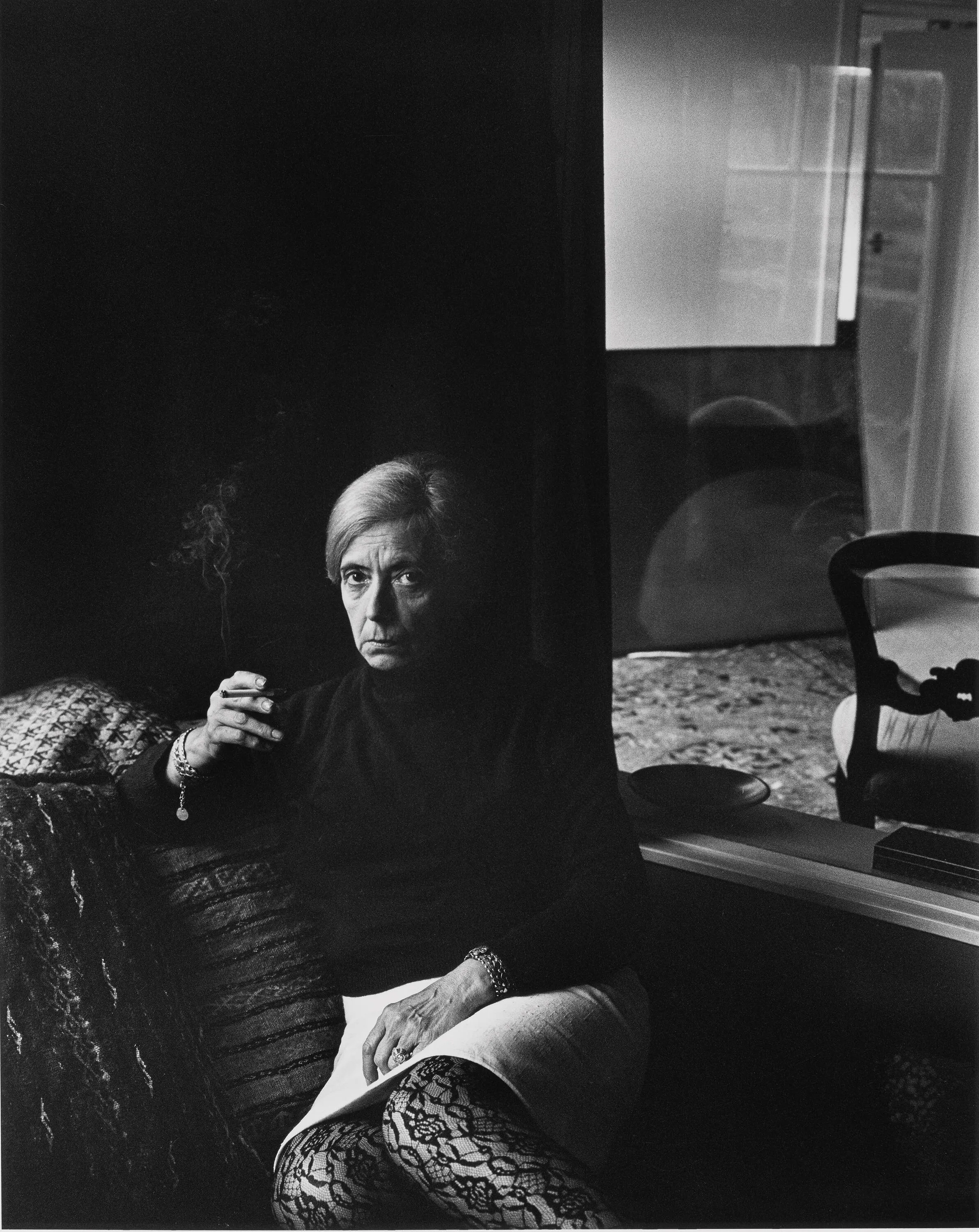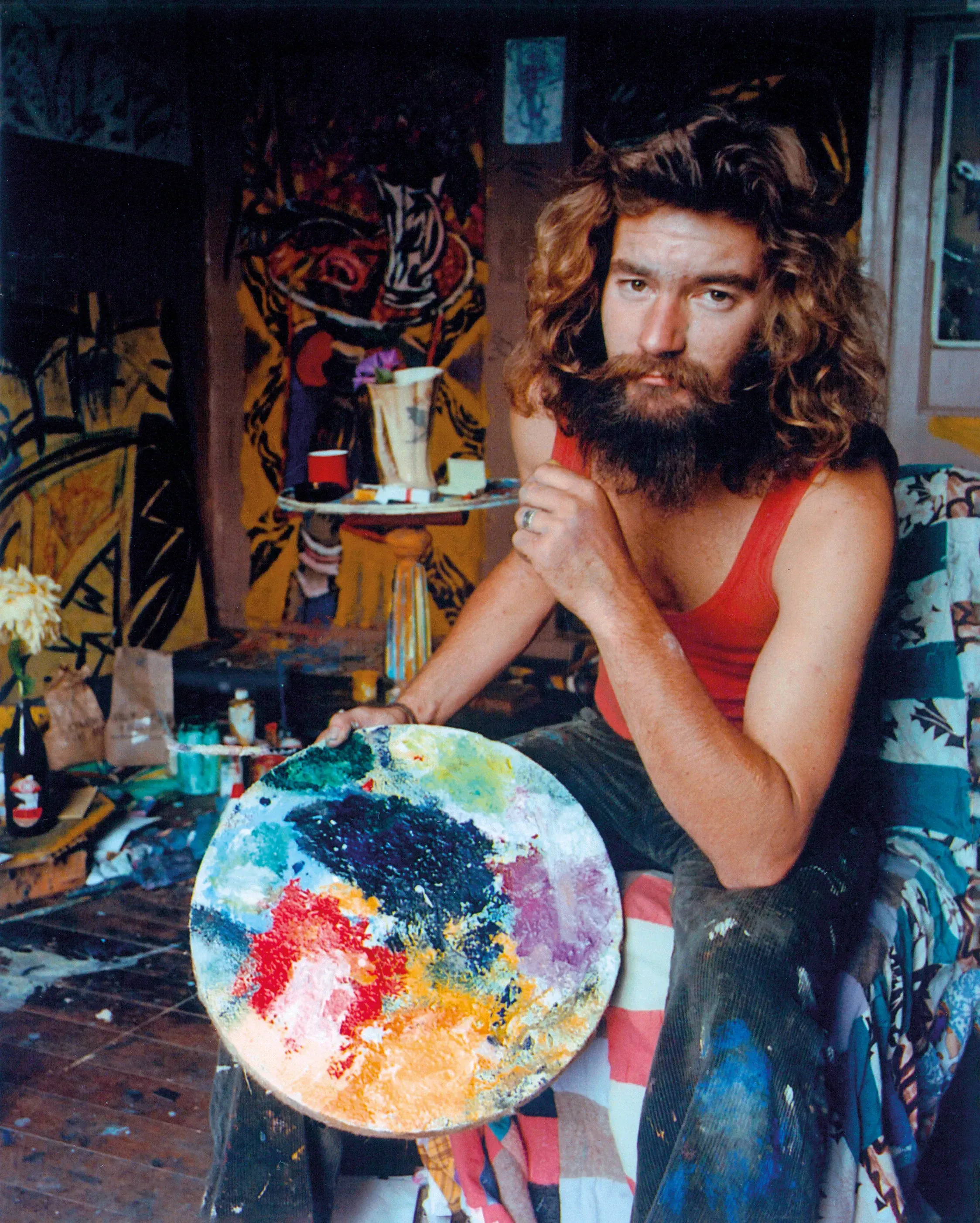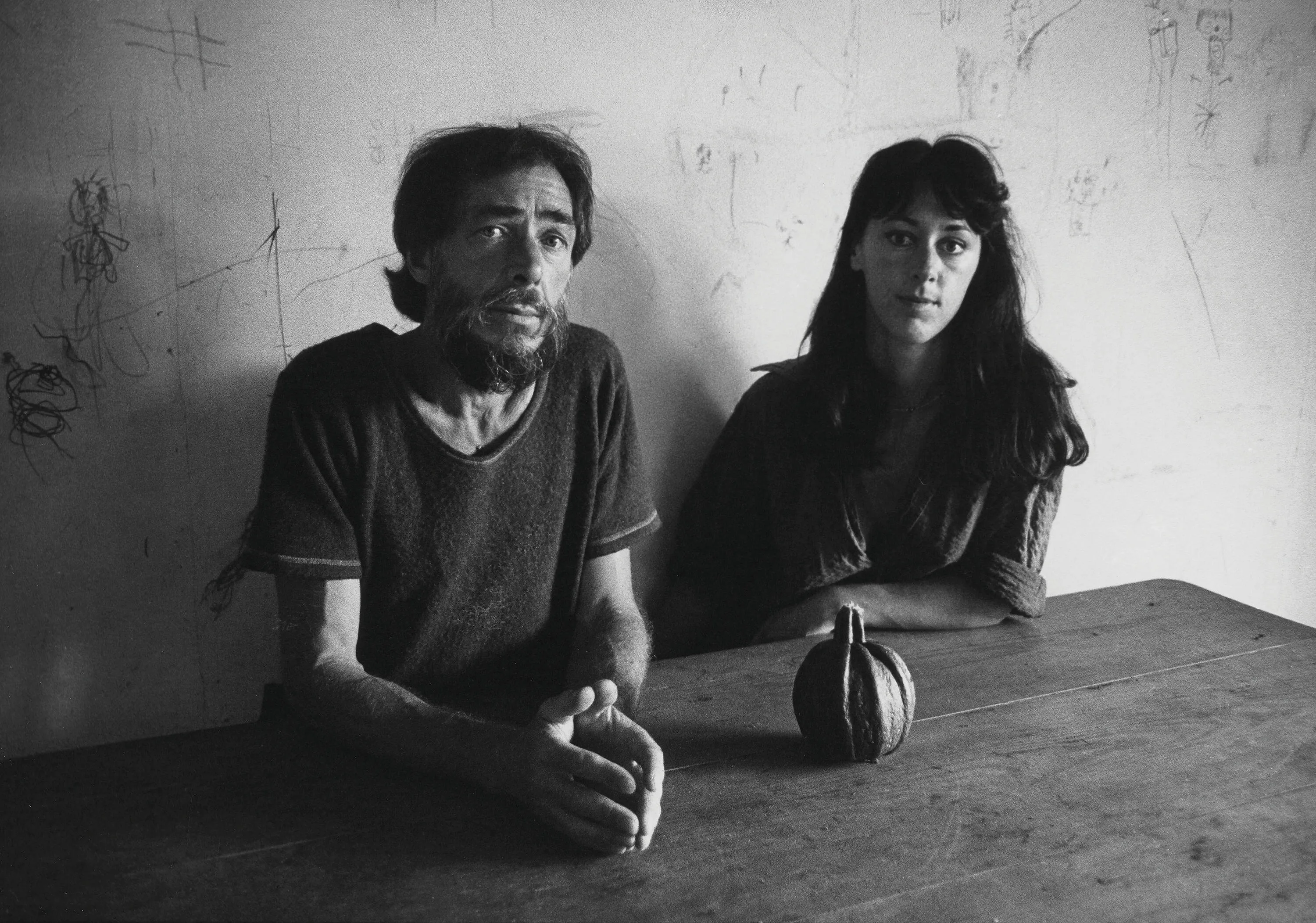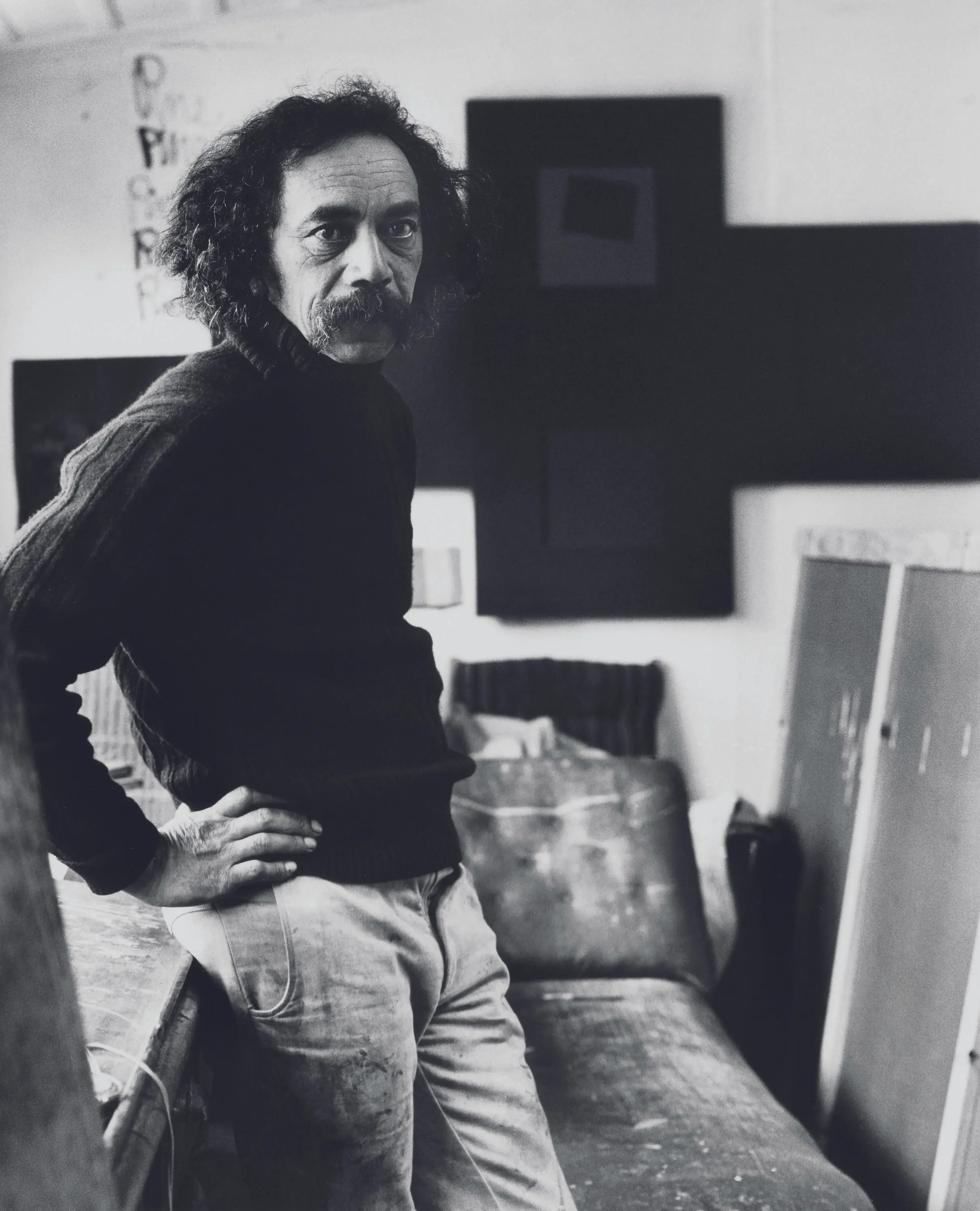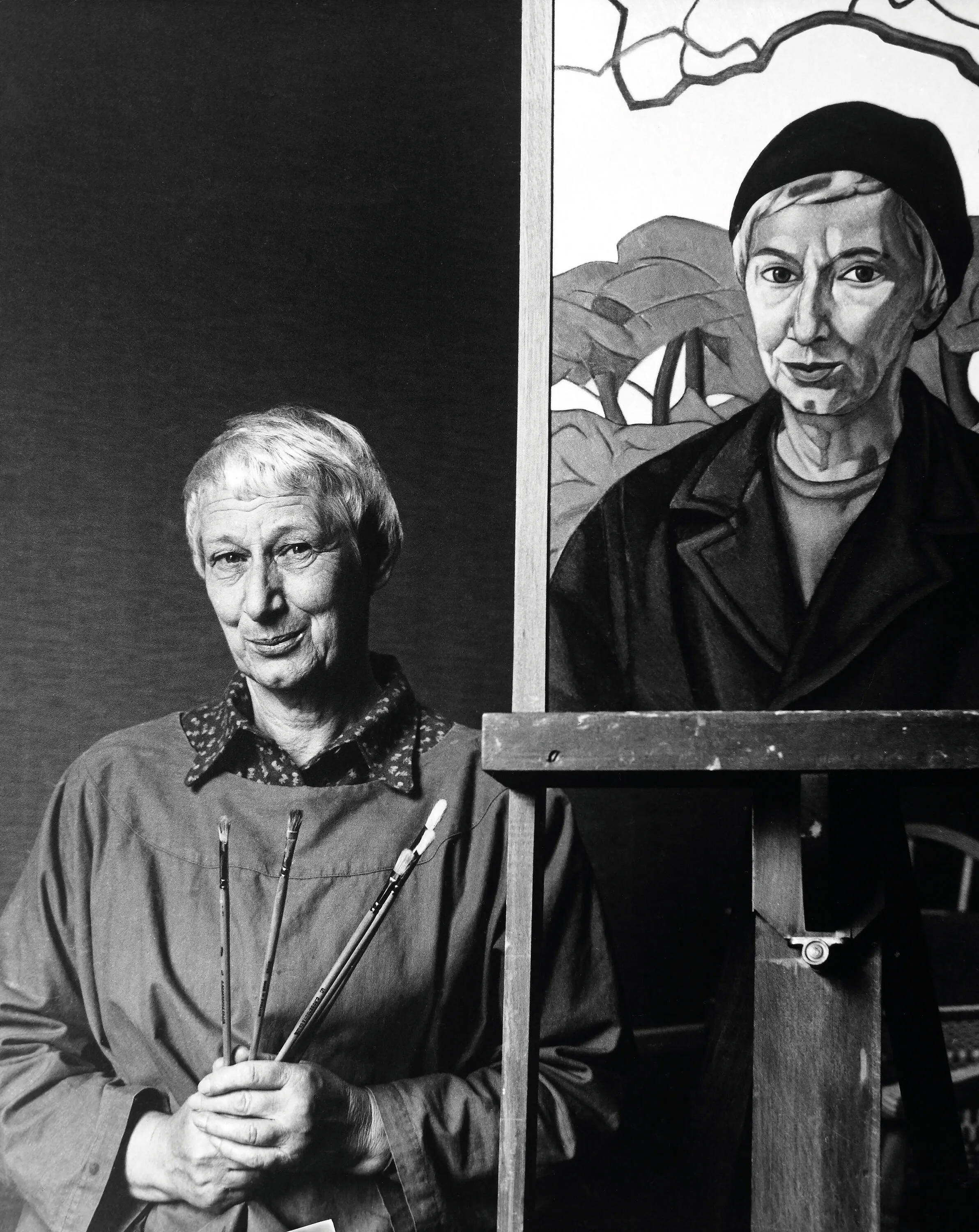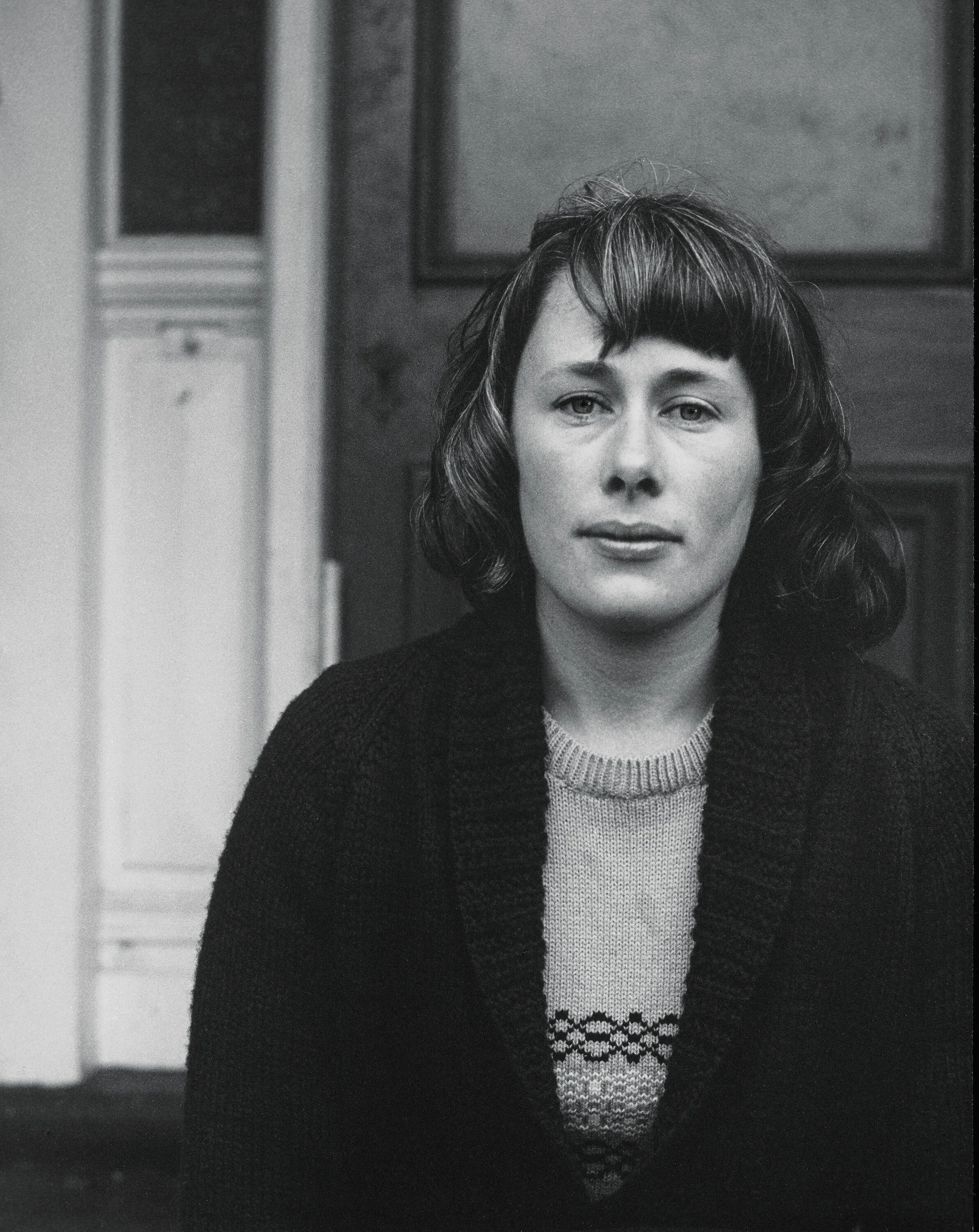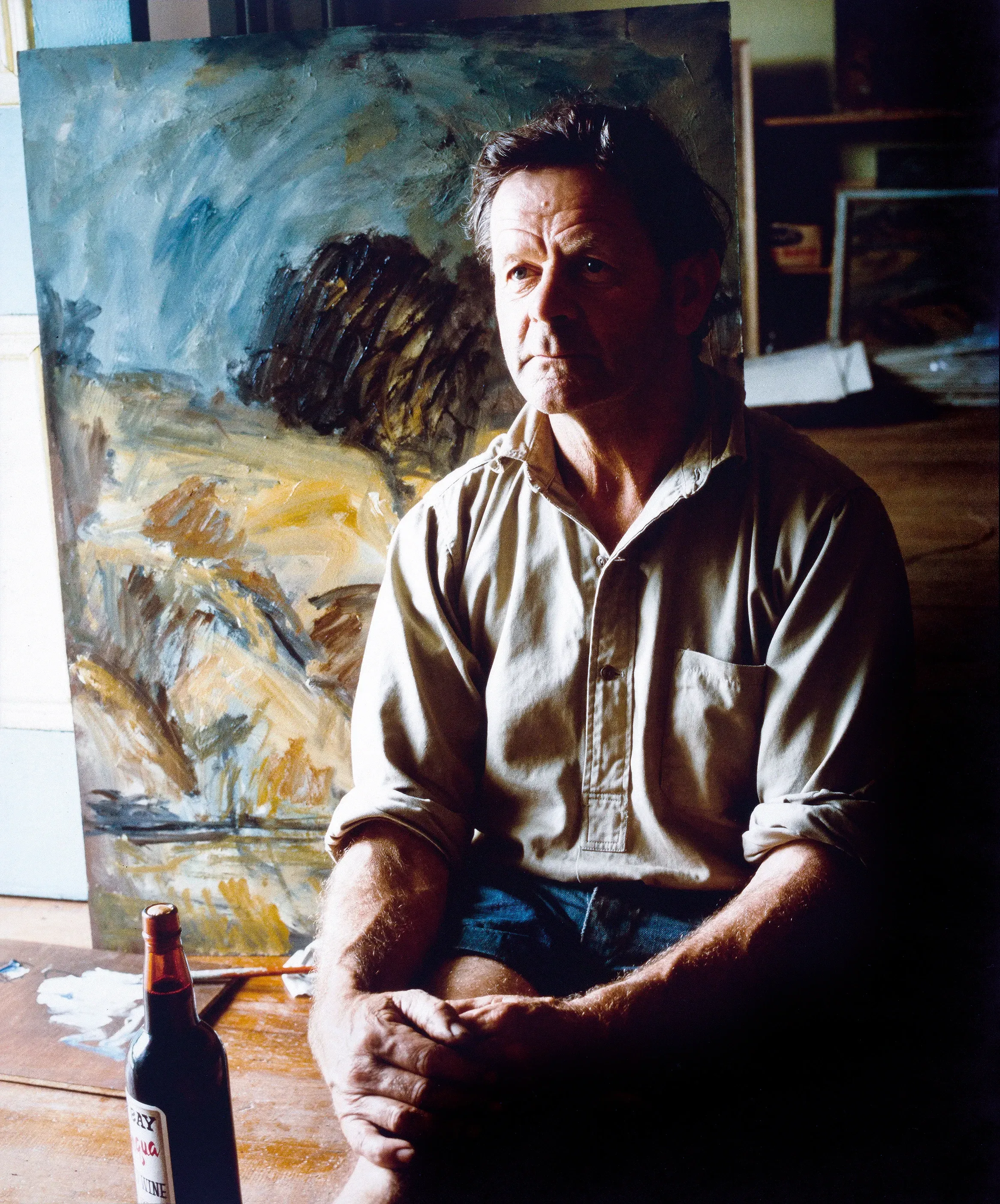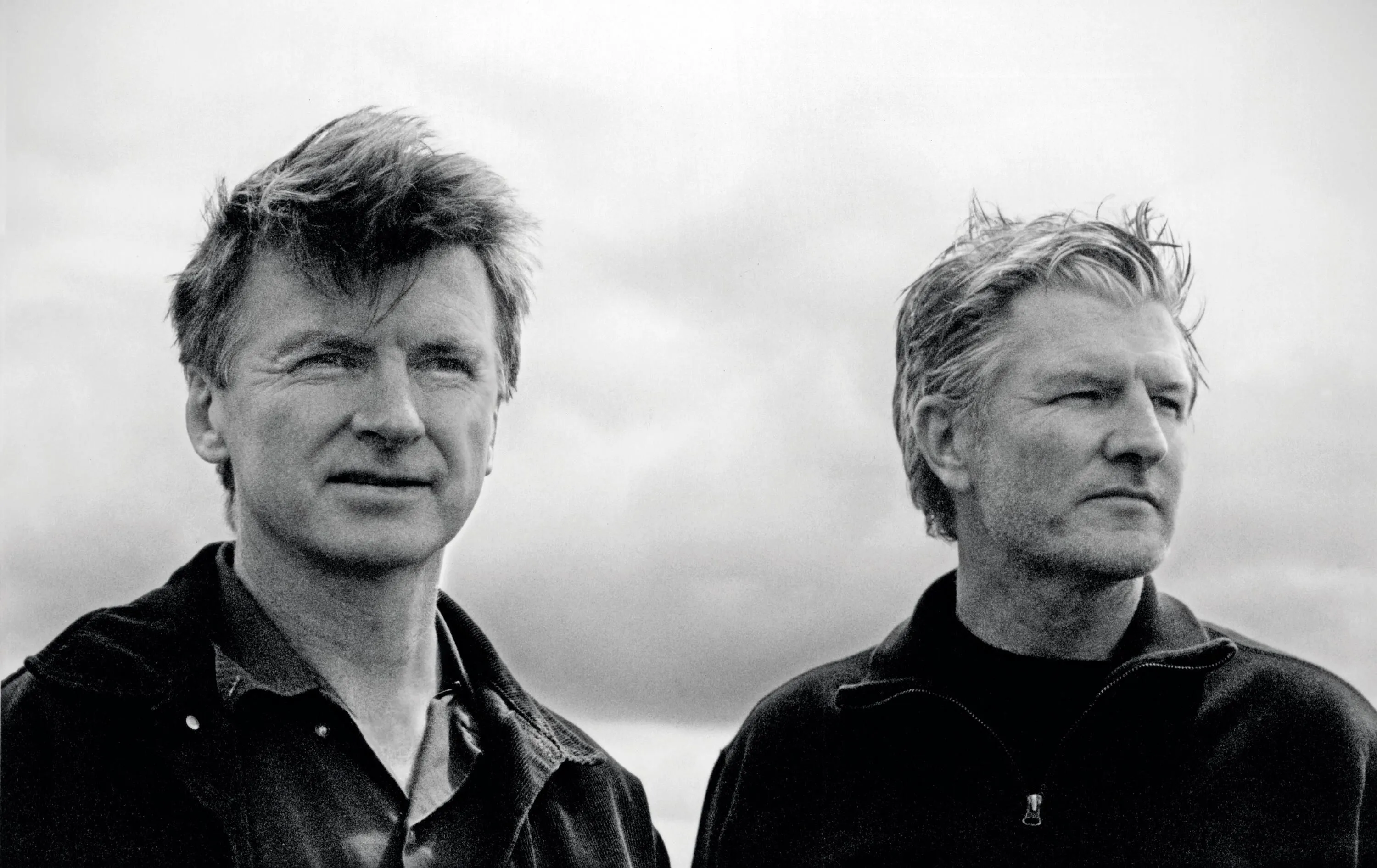Saviours of the Lost Art
Written by
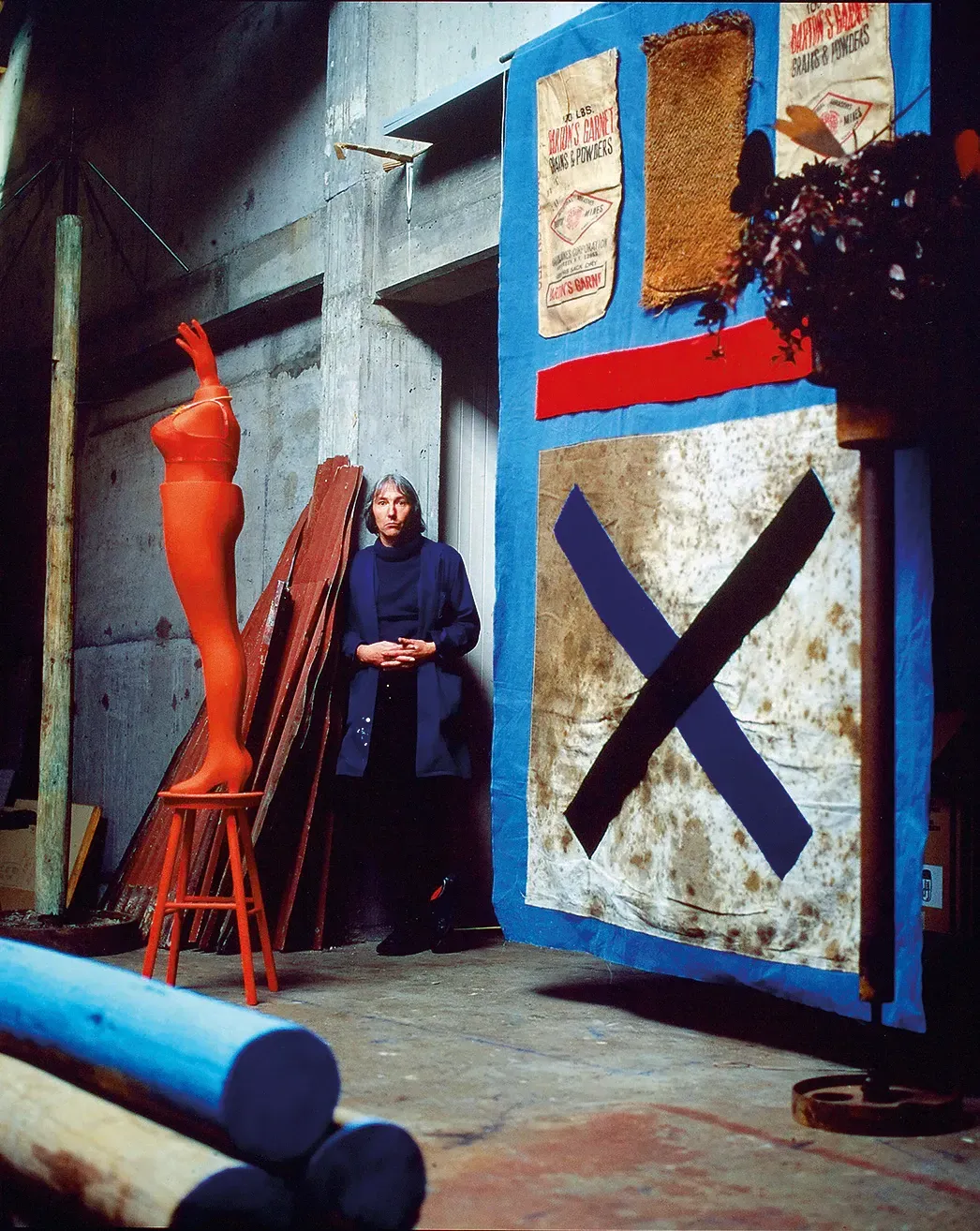
Living in the age of the internet has shifted how we create, consume, discover and archive art.
Nowadays, we can pinpoint our tastes to specific niches, often diving beyond the realms of the obvious and exploring the depths of a specific medium, moment and place.
Taste has become truly individualistic. We are no longer bound by the constraint of being in a specific group. Few people only like Punk music, or 1960s modernism, or Surrealism. Rather than using just one thing to express ourselves, we have become a bricolage of ideas, aesthetics, sounds and books; we have embraced the fundamentally messy nature of self-expression.
Today, we can see artists and art movements grow, flourish and die online. But the concept of art or artist being lost in the sands of time is now almost unimaginable, thanks to the internet being an everyman’s archive. Creatives may delete their Instagram accounts, but if their art has been shared once, it is likely to live on.
Because of the internet, the concept of a portrait – a cornerstone of the visual arts – has widened to include the much-maligned selfie (filter optional), making everyone their own portraitist.
All these developments are what makes the book Marti Friedlander: Portraits of the Artists by Leonard Bell and accompanying exhibition at Wellington’s New Zealand Portrait Gallery so important.
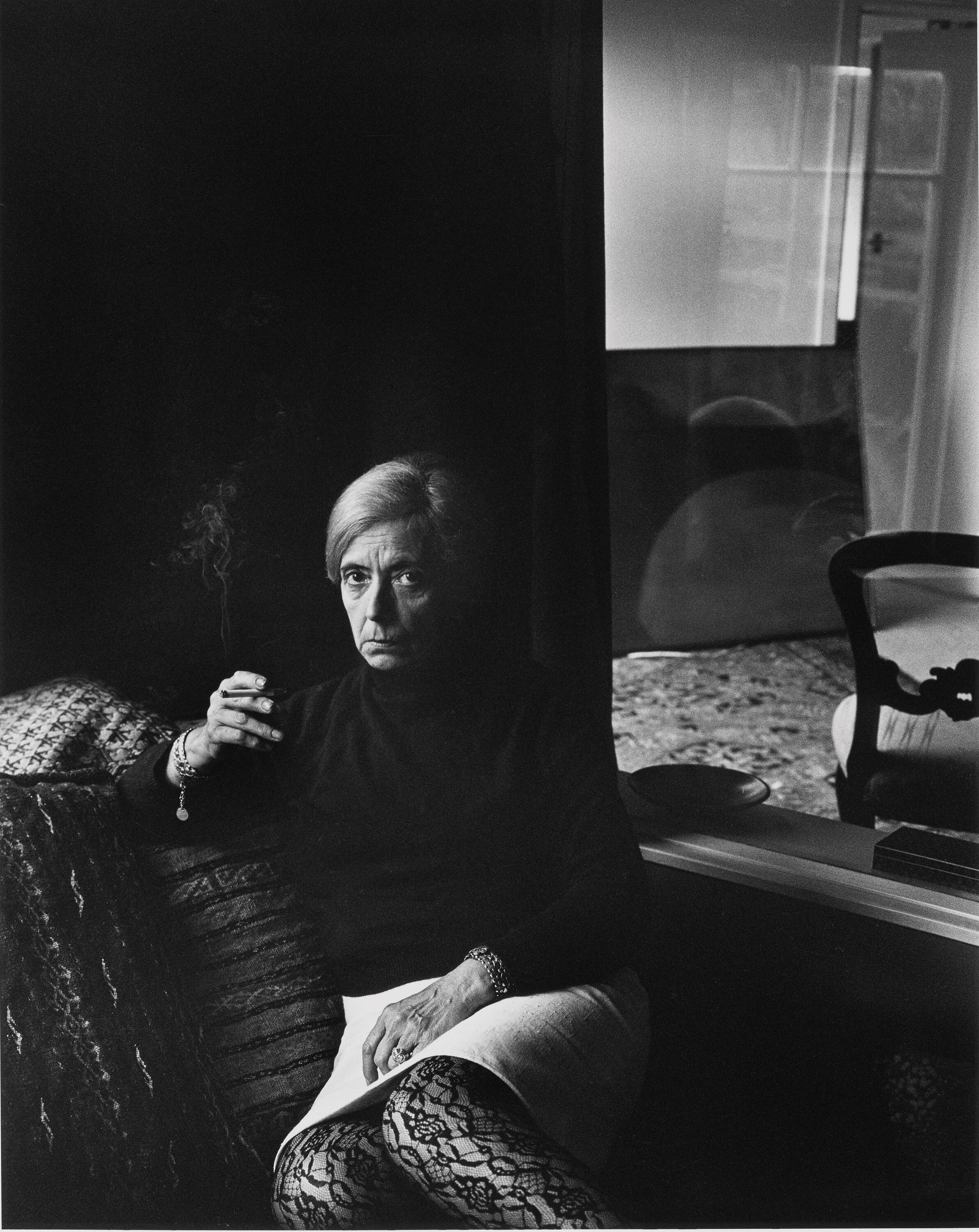
Louise Henderson, Auckland, 1972.
For fifty years, Marti Friedlander (1928-2016) was considered one of New Zealand’s most important photographers. She chronicled the development of our social and cultural life from the 1960s onwards. Portraiture was a vital part of this, with Friedlander capturing the likeness of potters, playwrights, painters, musicians and everyone in between. The exhibition and book feature the depth and variety of Rita Angus and Ralph Hotere,C. K. Stead and Maurice Gee, Neil Finn and Kapka Kassabova, Ans Westra and Kiri Te Kanawa.
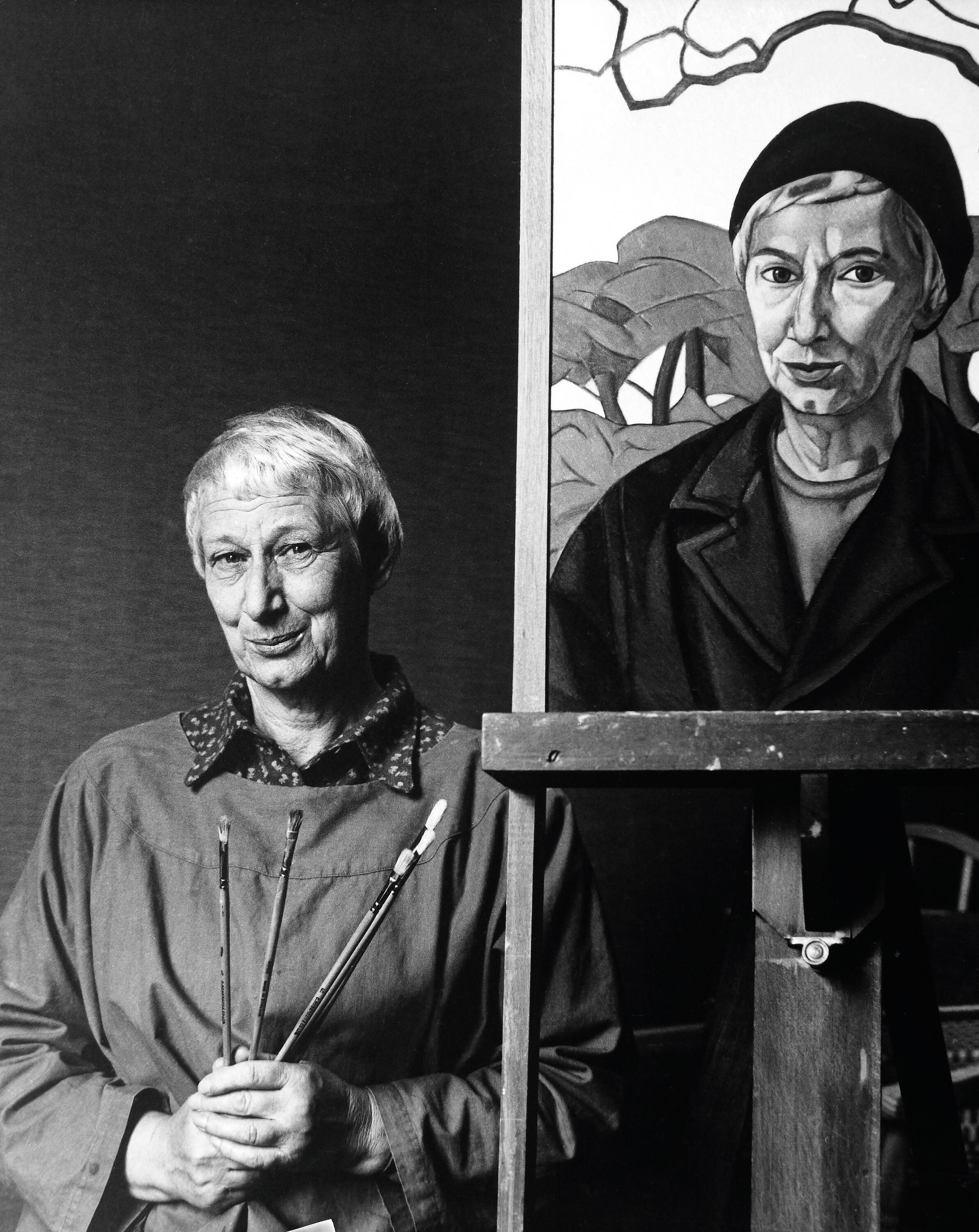
Rita Angus, Wellington, 1969.
While the familiar faces will undoubtedly tug at the audience's sense of nostalgia, the lesser-known names are just as vital.Not only do they highlight the depth and breadth of our artistic talent, they offer an opportunity for a new generation to research and rediscover their work. In an era where it is almost impossible to be forgotten, their anonymity is exciting.
“She developed the idea of photographing as many New Zealand artists as possible because she felt that they were generally unrecognised and didn’t get much attention,” says Bell. “Most of the portraits in the book are from the 60s and 70s. There are some well-known faces but there are quite a few who were very well known but dropped out of sight. I really enjoyed looking at those portraits [during my research] because I recall most of them...[there’s] always an alternative canon, a history that focuses on the artists that have been omitted or marginalised.”

Philip Clairmont, Auckland, 1978.
As well as discovering lost artists and reaffirming canonical talent, both the book and exhibition highlight the development of New Zealand’s arts scene.
“It’s hard to believe how socially repressive some parts of New Zealand society were in the 1960s,” says Bell.
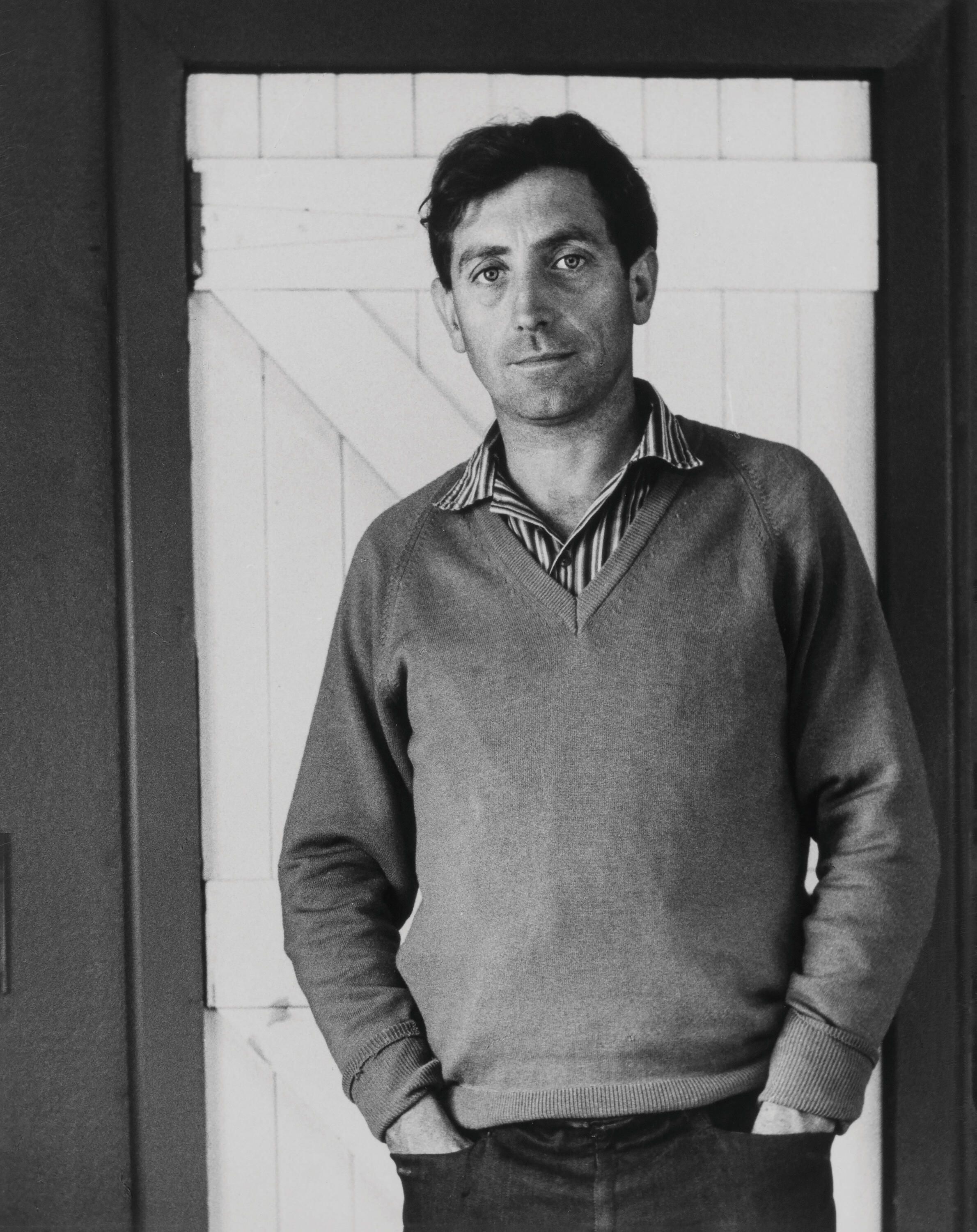
Wilf Wright, Wellington, 1966.
“There was a sense of deviancy in being an artist. So there was only a very rudimentary visual arts infrastructure – you could get around the galleries in an afternoon. Now that wouldn’t be possible.
"There’s been an enormous expansion in opportunities for artists to exhibit for their work to be seen and a professionalisation of the arts...but over the last 10 years, there’s been an erosion of support for the arts and humanities that will hopefully be reversed. I see the arts as helping restore sanity. In the 60s and 70s, art helped to shape our lives given how oppressive New Zealand society was at the time."
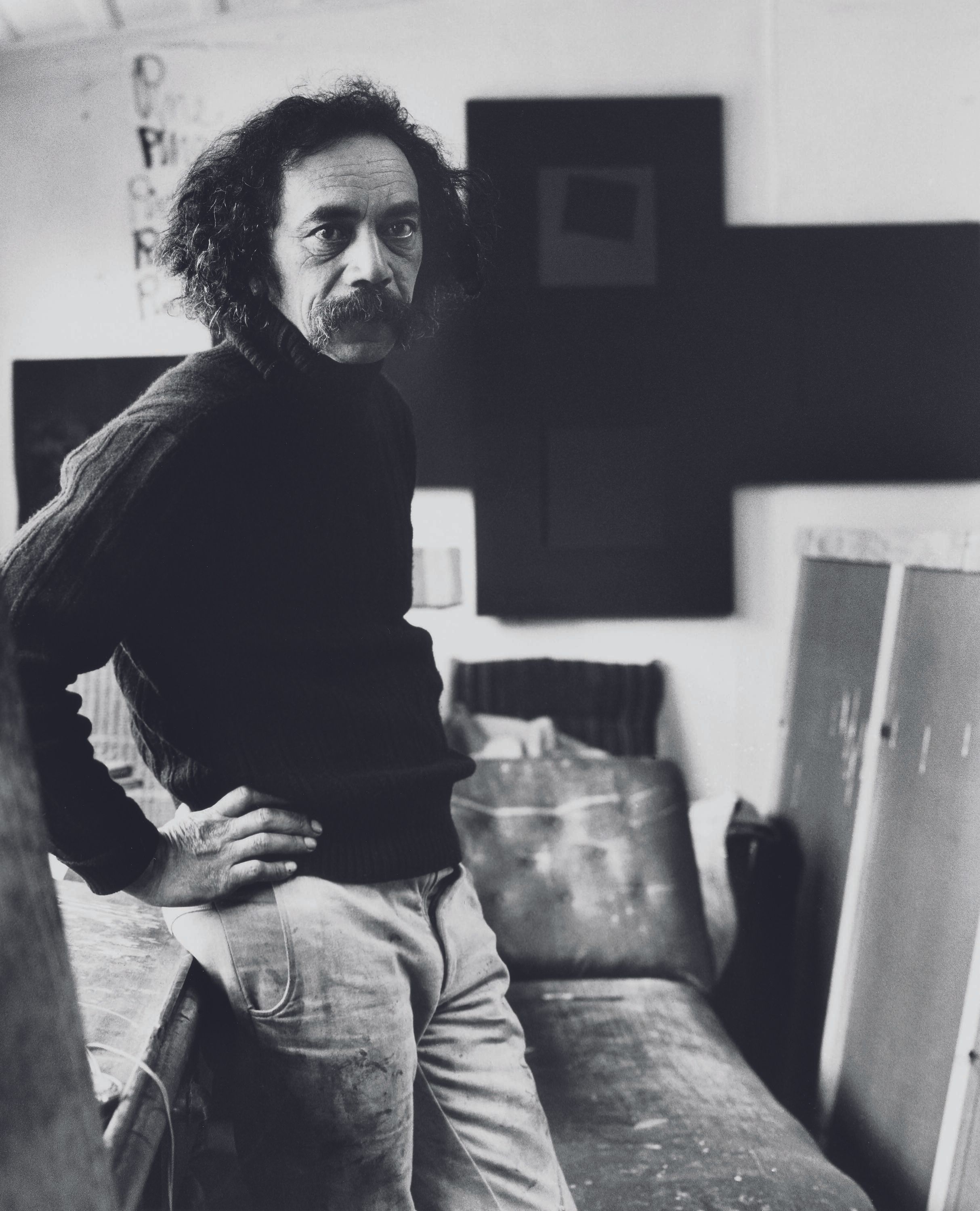
Ralph Hotere, Dunedin, 1978.
Bell, an Associate Professor of Art History at the University of Auckland and friend of Friedlander, has been writing about her since 2001. His introduction to Friedlander’s work came when he was a teenager in the 60s and saw her exhibition at the Wynyard Tavern. “Faces are endlessly intriguing – I’ve always been drawn to portraiture,” he says.
The exhibition featured portraits of children, which Bell describes as “incredible” almost fifty years later. “They were extraordinary social documents but she was personally engaged with the portraits from the beginning.” He believes that it was her highly engaged approach to both her subject and composition that made her such a remarkable photographer.
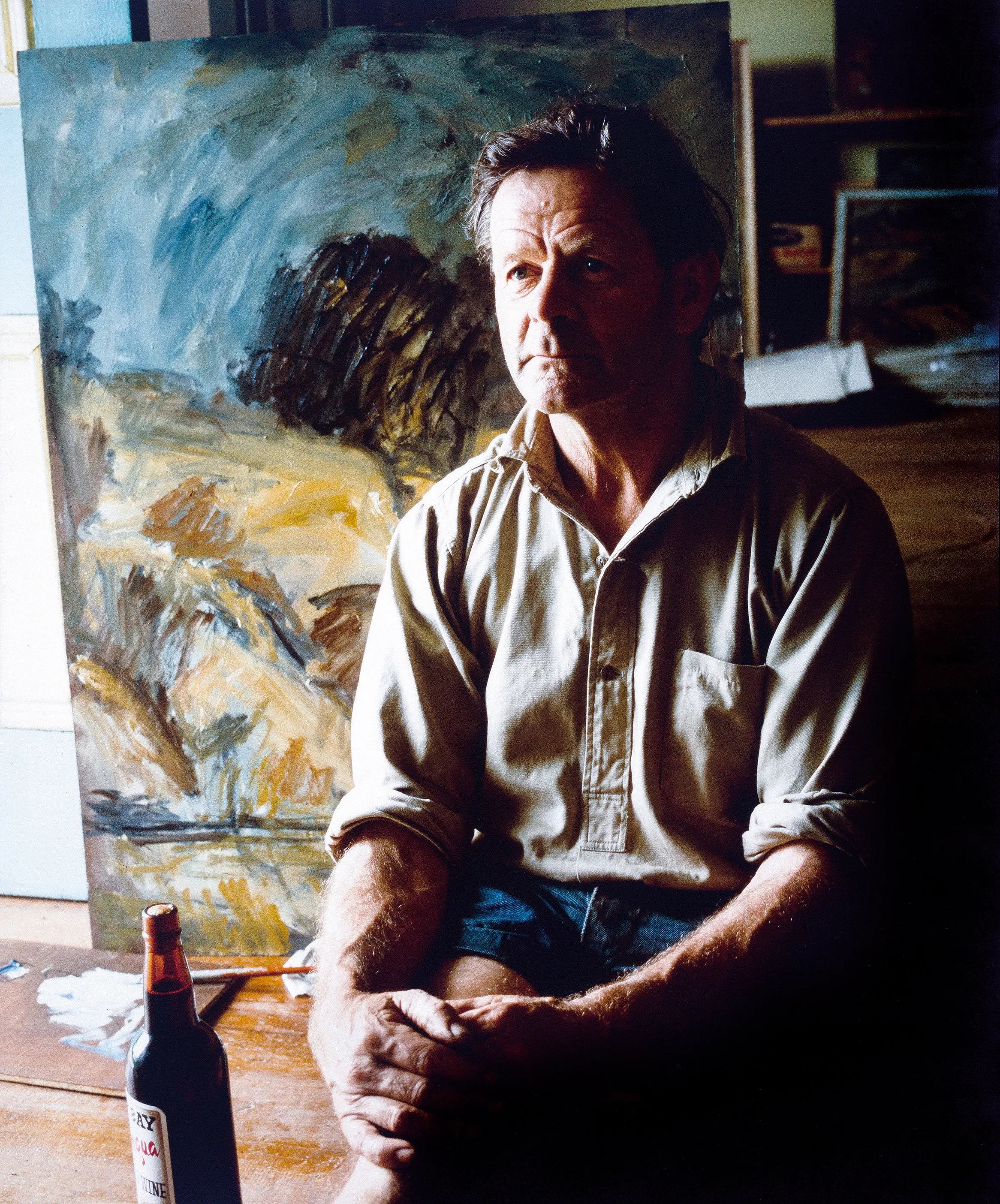
Toss Woollaston (1910–1998), artist, c. 1978.
“She was a highly observant person,” says Bell, “very astute in terms of picking up on individual feelings and psychology. She could read people extremely well - which comes through in the portraits if you know many of these people well as I do.
“[She] combined it with a calculated approach to composition and lighting, effectively directing how people sat and were placed in their surrounds…it was all geared to contribute to the sense of the person she was trying to visualise, which led to very intimate works. Quite a few people in the book were reluctant to sit, which meant tense sessions but it led to compelling photographs!”
It made selecting the images for the book and the 81 photographs showing in the exhibition a difficult process for Bell.

Tim and Neil Finn, musicians, 2003.
“The criteria in most instances were what I regarded in the formal sense and interesting faces. I did include some photos that were not necessarily as good but more for the person being photographed.
“She must’ve taken photographs of over 400 creatives over the years so you can’t fit everyone in,” he says. “But there can always be a volume two!”
It was while Bell was writing and compiling for his book that Janine Parkinson, Director of the New Zealand Portrait Gallery reached out and asked if he had any ideas for an exhibition. “It was fortuitous,” he laughs.
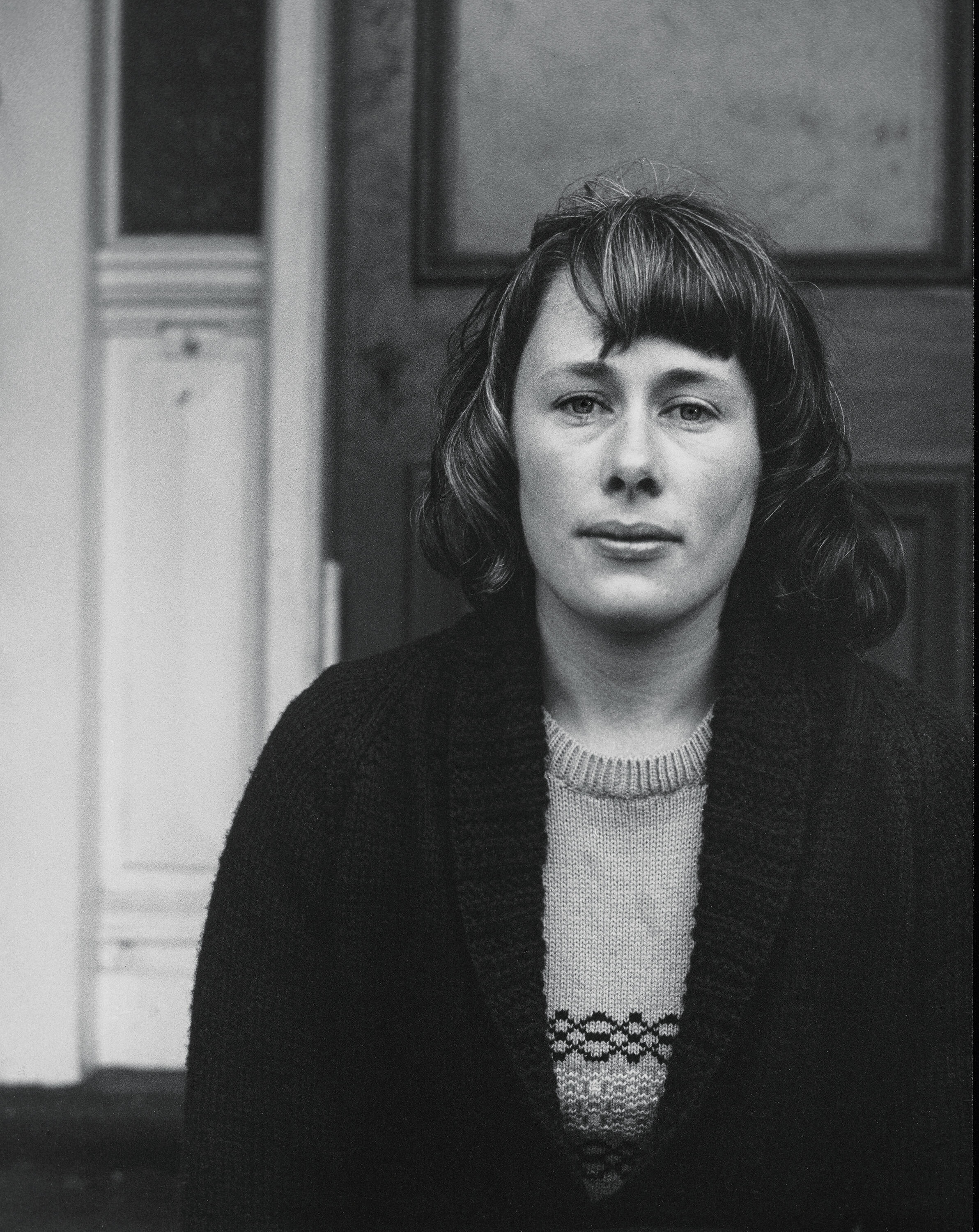
Robin White, Auckland, 1968.
Bell hopes that the book and exhibition encourage people to “look attentively at Marti [Friedlander’s] work and think about where the image emerged from – what was the psychology behind the engagement, the compositional elements….all of these aspects are more important now with the superficiality of looking in a digital age.”
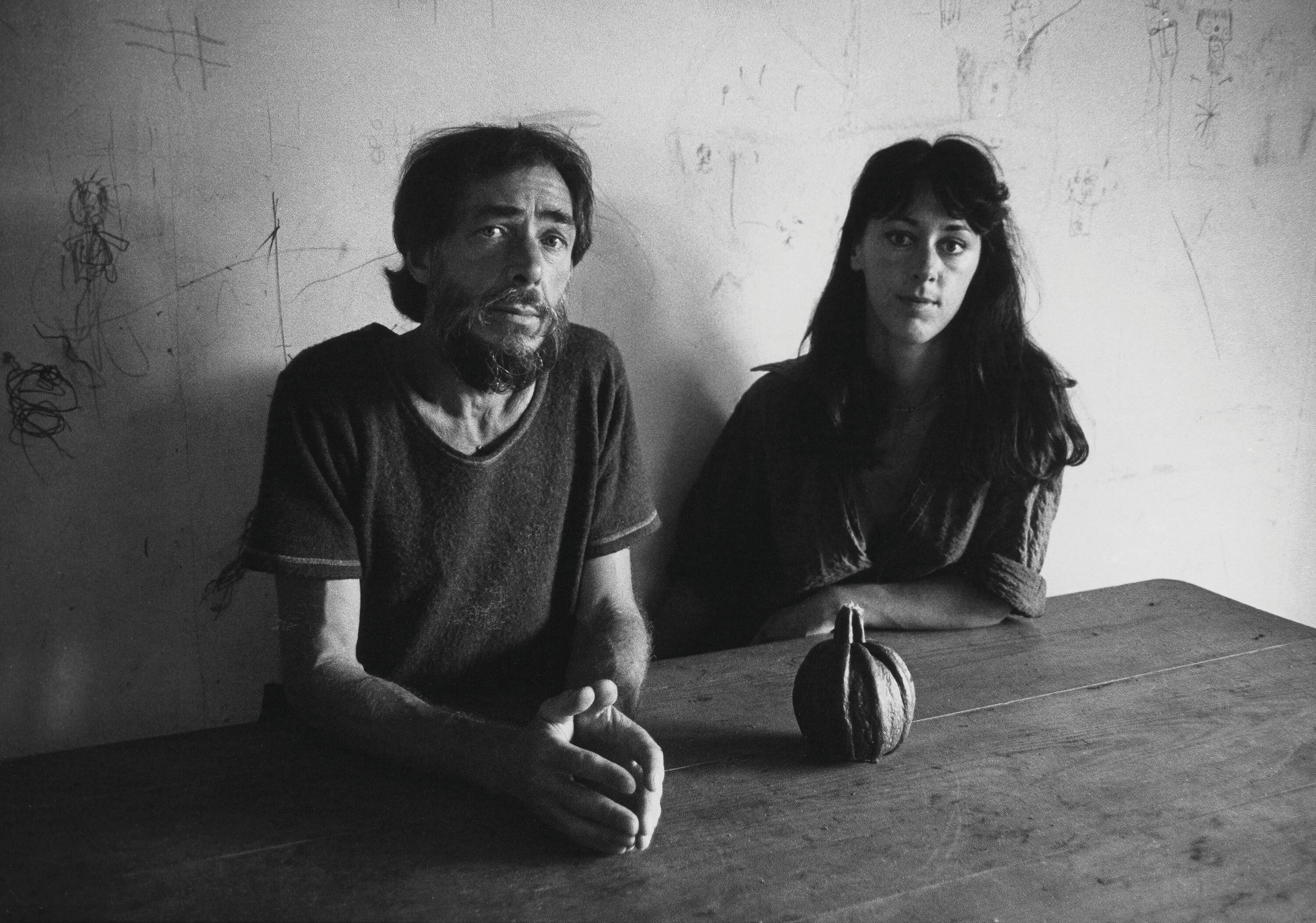
Michael and Dene Illingworth, Coromandel, c. 1977.
Marti Friedlander: Portraits of the Artists by Leonard Bell (Auckland University Press) is available now, while the exhibition is running at the New Zealand Portrait Gallery until 8 November.
All photos courtesy of the Gerrard and Marti Friedlander Charitable Trust.
